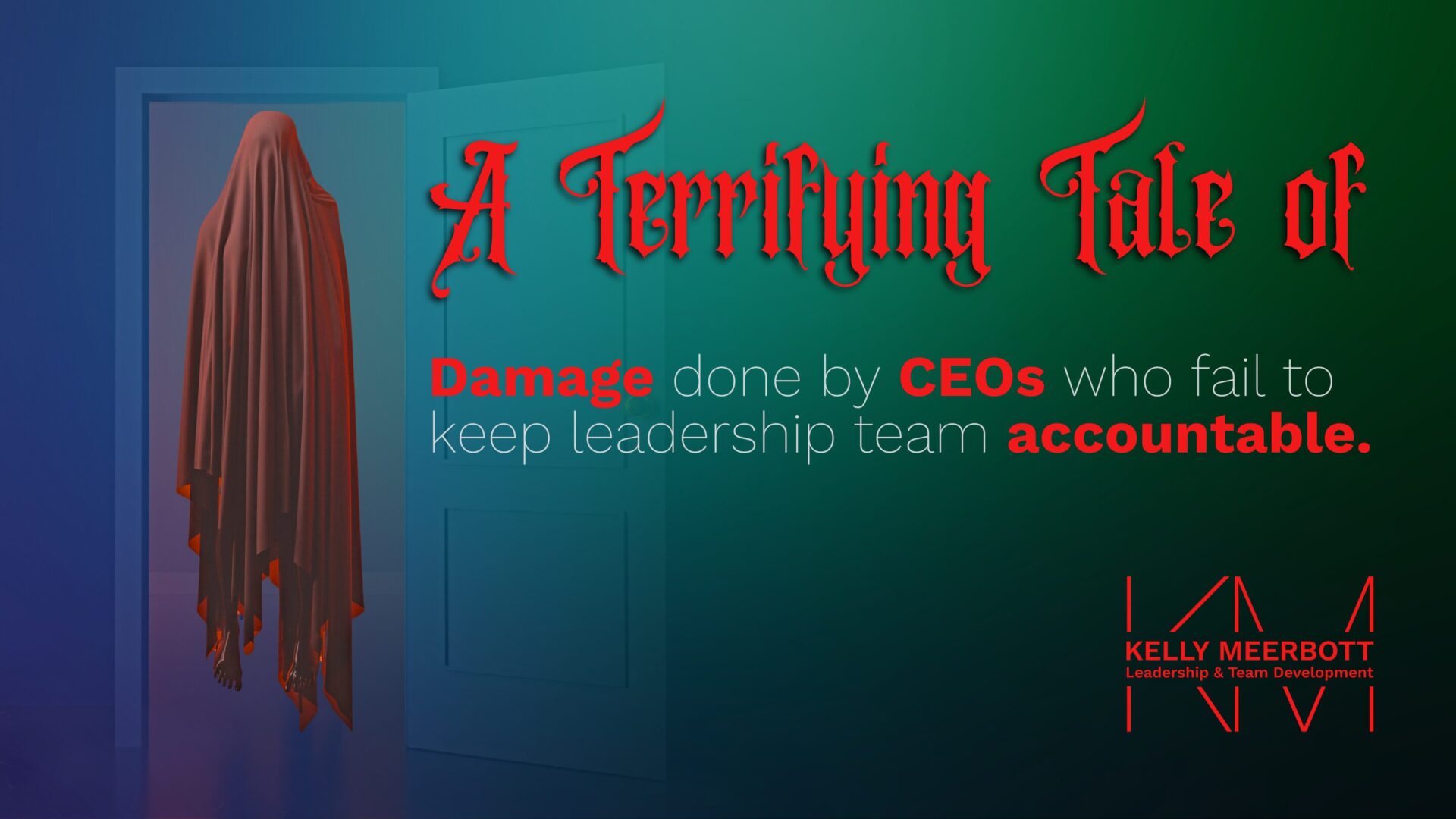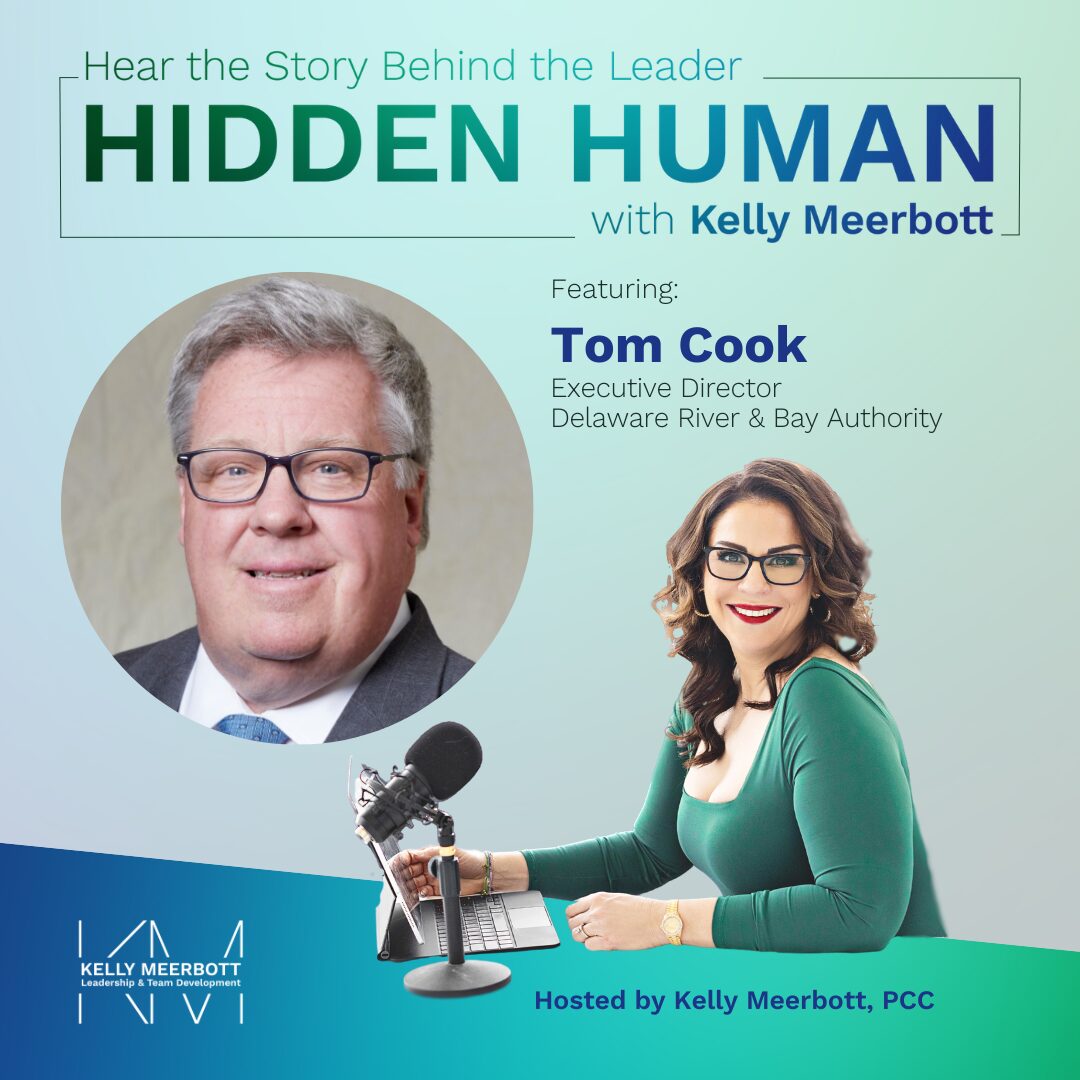Even though personal boundaries can be challenging to navigate, setting and communicating them is essential for our health, well-being, and even our safety. Social distancing has been proven to slow the spread of Corona Virus. In order to keep yourself and others safe you have to set strong boundaries. Setting boundaries takes courage, practice and support yet it is a skill you can master. Our personal boundaries aren’t as obvious as a fence or a giant “no trespassing” sign, unfortunately. They’re more like invisible bubbles. Boundaries give a sense of agency over one’s physical space, body, and feelings. We all have limits, and boundaries communicate that line.
Our Boundaries Are Shaped By:
- Our heritage or culture
- The region we live in or come from
- Whether we’re introverted, extroverted, or somewhere in between
- Our life experiences
- Our family dynamics
- When setting boundaries remember your basic human rights.
Basic Rights:
- I have a right to say no without feeling guilty.
- I have a right to be treated with respect.
- I have a right to make my needs as important as others.
- I have a right to be accepting of my mistakes and failures.
- I have a right not to meet others’ unreasonable expectations of me.
Personal Guidelines to Set Boundaries While Still Getting Your Needs Met:
- 80% of all communication is non-verbal nodding your head, smiling and putting up your hand conveys your message without saying a word.
- Get into your compassion by starting with yourself.
- We watch others for our emotional and physical cues, model the behavior you expect of others by demonstrating it yourself.
- Be assertive by using “I” statements – I feel ____when____because_______. What I need is_______________.
- “I statements show confidence and good boundary setting by expressing thoughts, feelings, and opinions without worrying what others are thinking.”
- Learn to say “No.” Even though it can be daunting to say, “No” is a complete sentence.
- We might be hesitant to say no without offering more info, but it’s not necessary. This is about personal tolerance for being uncomfortable.
- Safeguard your spaces You can also set boundaries for your belongings, physical and emotional spaces, and your time and energy without necessarily announcing it, too. The features on your tech devices offer some ways of doing this.
- Put private items in a locked drawer or box.
- Use a password protected digital journal instead of a paper one.
- Schedule non-negotiable alone time or time when you want to do your own thing.
- Use passwords, codes or other security features on devices and tech accounts.
- Set a cut off time for answering emails and texts by using the “do not disturb” feature on your smartphone.
- Use the “out of office” responder on email accounts when on vacation.
- Send verification of your time off, days in advance.
- Temporarily delete email and messaging apps when you don’t want to be contacted.
- Make a promise to yourself not to respond to work messages or calls sent to personal accounts.
- Get assistance or support – Defining and asserting your boundaries can get even trickier if you or a loved one lives with mental illness, depression, anxiety, or a history of trauma. If you’re experiencing challenges with setting or asserting boundaries, or if someone is causing you difficulty by crossing them, never hesitate to reach out to a mental health professional.
What are you doing to maintain strong boundaries during COVID19?





